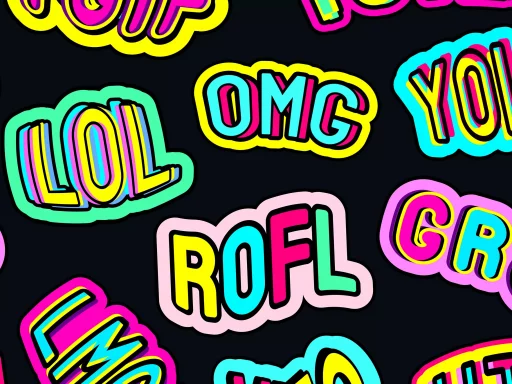Understanding RCS Messaging
In the ever-evolving world of digital communication, messaging has expanded beyond traditional SMS to embrace more interactive and feature-rich formats. One significant advancement in texting technology is Rich Communication Services (RCS). But what does RCS message mean in texting, and how does it enhance the everyday communication experience? This article will explore RCS messaging, its features, benefits, and its potential impact on how we communicate.
What is RCS Messaging?
Rich Communication Services (RCS) is a protocol designed to replace SMS, allowing for more complex messaging capabilities. Developed by the GSM Association, RCS aims to enhance the user experience by incorporating features similar to those found in popular messaging apps like WhatsApp, Facebook Messenger, and Apple iMessage.
The Key Features of RCS
RCS comes packed with features that significantly improve how people communicate via text. Here are some of its most notable attributes:
- Rich Media Sharing: Unlike standard SMS, RCS enables users to send high-resolution images, videos, and audio files without compression.
- Read Receipts: Users can see when their messages have been read, similar to messaging apps.
- Typing Indicators: RCS shows when the other person is typing, enhancing conversational flow.
- Group Chats: It supports group messages with multiple participants seamlessly.
- Location Sharing: Users can share their location in real-time, improving coordination for meet-ups.
RCS vs. SMS: A Comparison
To understand the importance of RCS messaging, it’s vital to compare RCS with conventional SMS:
- Limitations of SMS: SMS only allows 160 characters for text messages and is limited in media sharing.
- RCS Expands Control: RCS messages can exceed 1,600 characters, accommodate richer media, and offer interactive elements.
The shift from SMS to RCS represents a significant leap in mobile communication efficiency and versatility.
Statistics Showcasing RCS Adoption
The adoption of RCS globally is on the rise, with many mobile carriers and smartphone manufacturers embracing the technology. As of 2023:
- Over 1 billion users worldwide have access to RCS messaging.
- RCS adoption has increased by more than 30% annually since its rollout.
- Approximately 80% of mobile carriers in the U.S. support RCS services.
These statistics highlight RCS’s growing role in modern communication and its potential as a standardized messaging platform.
Use Cases and Case Studies
Many companies and businesses are leveraging RCS messaging to enhance customer engagement. Here are some prominent use cases:
- Promotional Campaigns: Brands are using RCS to send visually appealing promotional messages with video content and interactive features, resulting in higher engagement rates.
- Customer Support: Businesses can use RCS for real-time support, allowing customers to chat, share media, and quickly resolve issues.
- Event Management: RCS is instrumental in sending event updates, ticket confirmations, or itinerary changes, directly to users’ phones.
One notable case study is that of a large airline that utilized RCS to send flight updates with images, maps, and real-time notifications. Following this implementation, the airline reported a 25% increase in customer satisfaction ratings.
The Future of RCS Messaging
As more users become familiar with RCS features, its potential growth seems promising. Analysts predict that by 2025, RCS could surpass SMS in terms of user engagement and become the predominant messaging protocol globally.
Moreover, as integration with Artificial Intelligence (AI) grows, RCS could enhance personalized customer interactions and drive better business outcomes through automated messaging.
Conclusion
RCS messaging signifies a transformative step in our communication landscape. By offering enhanced features and functionalities compared to traditional SMS, RCS promises a richer text messaging experience that aligns closely with the expectations of modern users. As usage continues to expand and more businesses leverage its capabilities, we can expect RCS messaging to become a staple in our daily communications.





